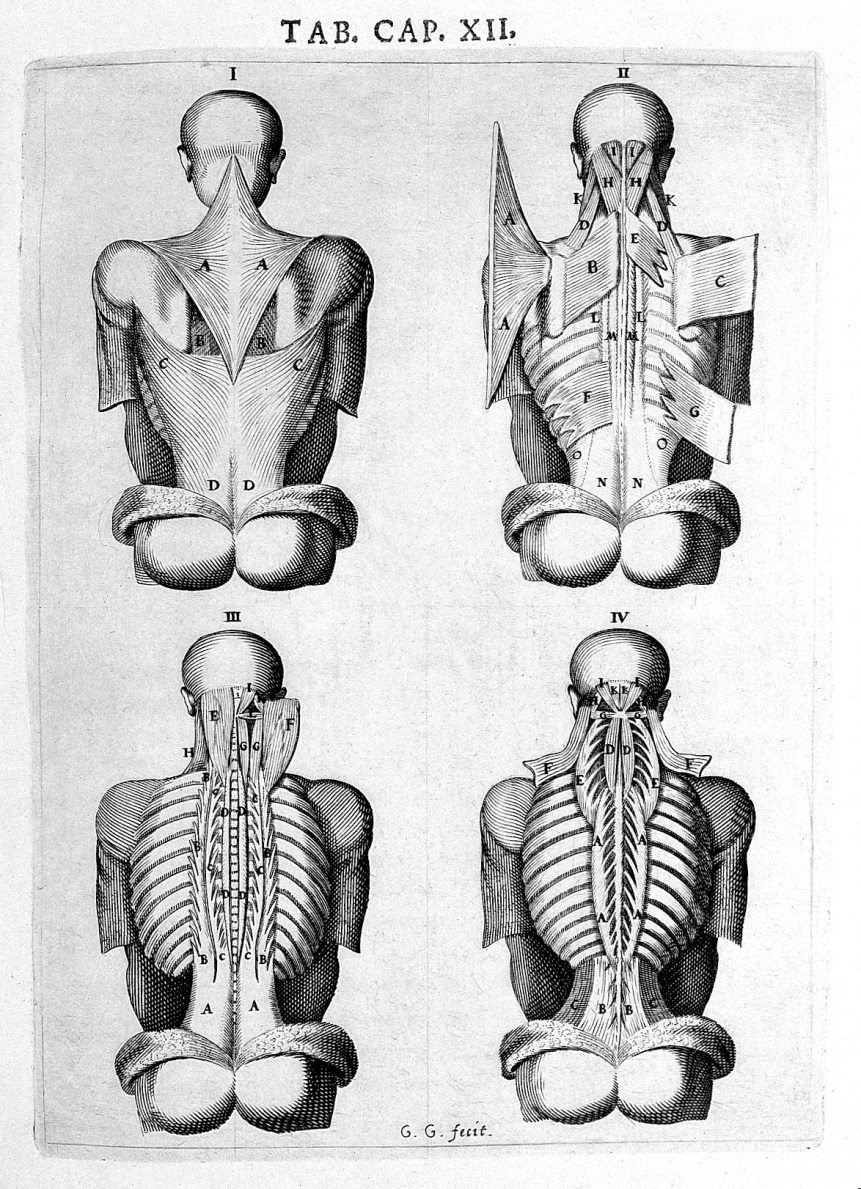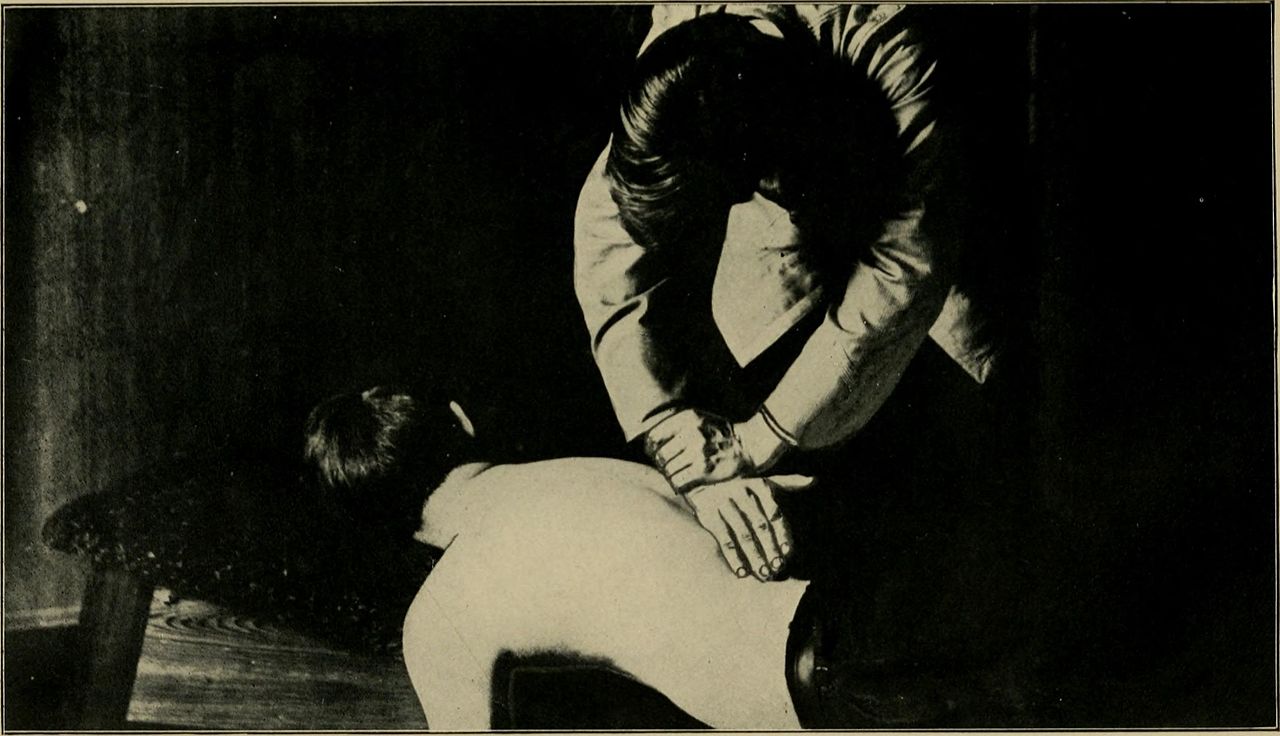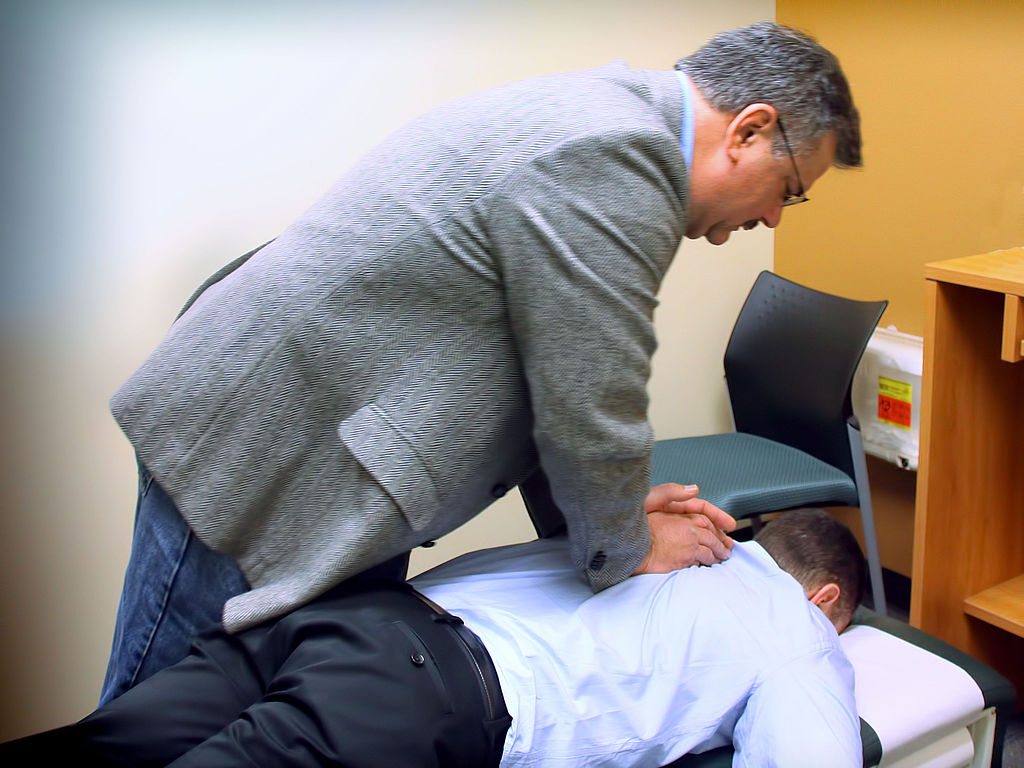Tag: subluxation
The DC as PCP? Revisited
There is a disturbing effort afoot to rebrand chiropractors as primary care physicians, a subject both Harriet Hall and I have discussed in previous posts. Part of this effort includes convincing state legislatures to grant prescription privileges to chiropractors, an effort that succeeded in New Mexico, as reported in a post a couple of years ago. Let’s return to New Mexico and...
Dept. of Education to Council on Chiropractic Education: “Straighten Up!”
Our last look at the Council on Chiropractic Education (CCE), about 18 months ago, found the CCE deeply embroiled in a heated dispute among various chiropractic factions over new accreditation standards for chiropractic colleges. Today we offer an update on that situation. Update: the CCE is deeply embroiled in a heated dispute among various chiropractic factions over new accreditation standards for chiropractic...
Legislative Alchemy: The New Year
A new year brings new opportunities for practicing the magic of legislative alchemy, the process by which state legislatures transform implausible and unproven diagnostic methods and treatments into perfectly legal health care practices, such as naturopathy, chiropractic and acupuncture. Different states have different legislative calendars, but many begin a new session soon after the first of the year. This gives “complementary and...

Subluxation Theory: A Belief System That Continues to Define the Practice of Chiropractic
Chiropractic as a profession is defined by the subluxation theory, the unfalsifiable belief that disease is caused by impaired nerve flow. No proof exists for this theory, and likely never will.
Legislative Alchemy II: Chiropractic
As we learned in Legislative Alchemy I: Naturopathy, legislative alchemy is the process used by state legislatures to transform implausible and unproven diagnostic methods and treatments into legal health care practices. Today, we review how chiropractors are faring in the 2011 state legislative sessions. Chiropractic 101 In 1895, a self-described “magnetic healer,” Daniel David Palmer, claimed to have discovered that every person...

The DC as PCP?
Subluxation-free chiropractic? The long-simmering internecine wars among various factions of chiropractic recently reached a full boil when the Council on Chiropractic Education (CCE) had the audacity to eliminate the word “subluxation” from its draft 2012 “Standards for Doctor of Chiropractic Programs.” The CCE is the official U.S. Department of Education-approved accreditation agency for chiropractic colleges. It intends to adopt the revised Standards...

Chiropractic Vertebral Subluxations: Science vs. Pseudoscience
A 1997 publication by the Foundation for Chiropractic Education and Research, supporting the vertebral subluxation theory, noted that “…we [chiropractors] have successfully distanced the concept of a chiropractic subluxation from that of an orthopedic subluxation.”1 When discussing “subluxations” or misaligned vertebrae, however, chiropractors often fail to point out the difference between an orthopedic subluxation and a chiropractic subluxation. Reference to subluxations in...
Brief Note: The Chiropractic Subluxation is Dead
The General Chiropractic Council, a UK-wide statutory body with regulatory powers, has just published a new position statement on the chiropractic subluxation complex: The chiropractic vertebral subluxation complex is an historical concept but it remains a theoretical model. It is not supported by any clinical research evidence that would allow claims to be made that it is the cause of disease or...
The End of Chiropractic
An article written by 3 chiropractors and a PhD in physical education and published on December 2, 2009 in the journal Chiropractic and Osteopathy may have sounded the death knell for chiropractic. The chiropractic subluxation is the essential basis of chiropractic theory. A true subluxation is a partial dislocation: chiropractors originally believed bones were actually out of place. When x-rays proved this was...
Chiropractic and Deafness: Back to 1895
Chiropractic originated in 1895 when D.D. Palmer claimed to have restored deaf janitor Harvey Lillard’s hearing by manipulating his spine. This makes no anatomical sense, and few if any chiropractors claim to be able to reverse deafness today. But now a chiropractic website is attempting to vindicate D. D. Palmer. They list deafness among a long (wrong) list of “Conditions That Respond...

